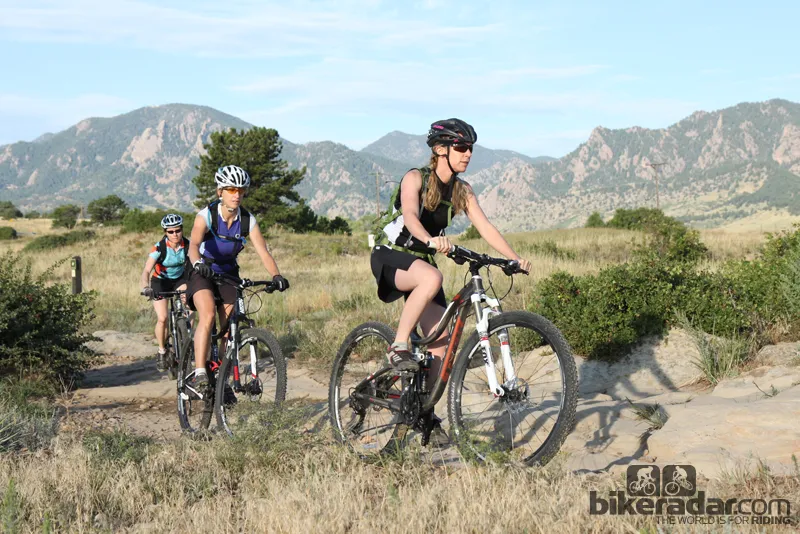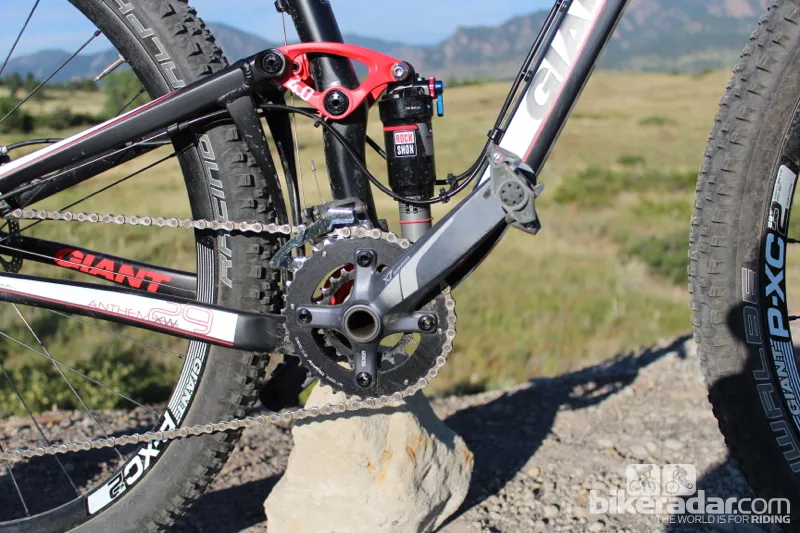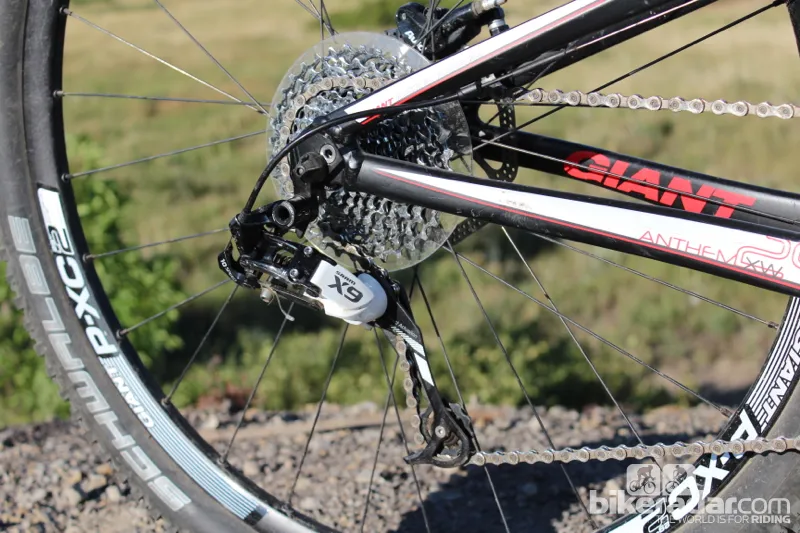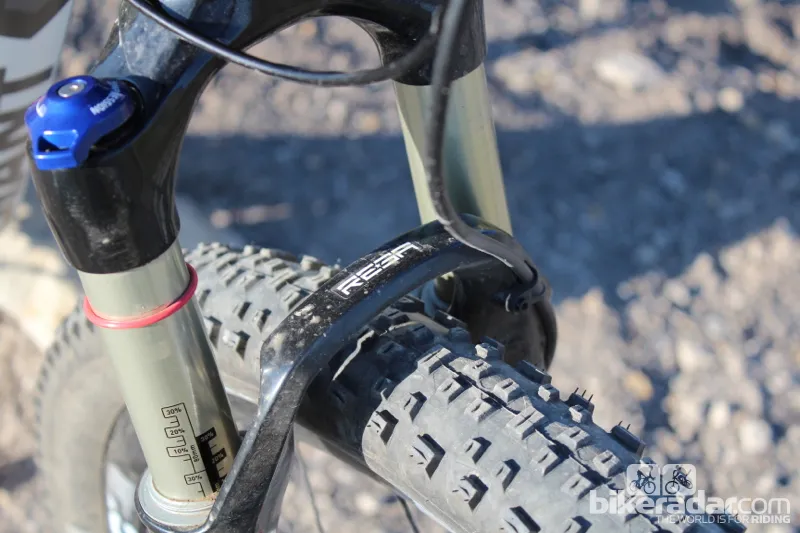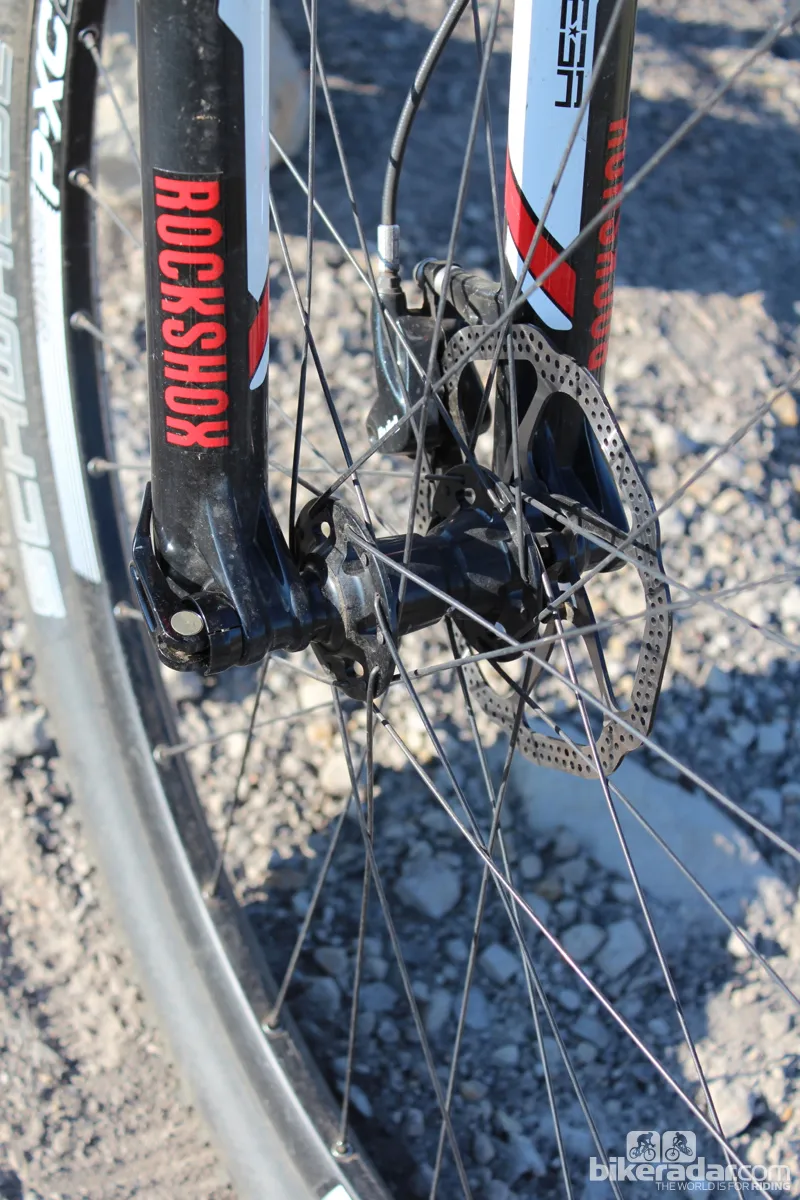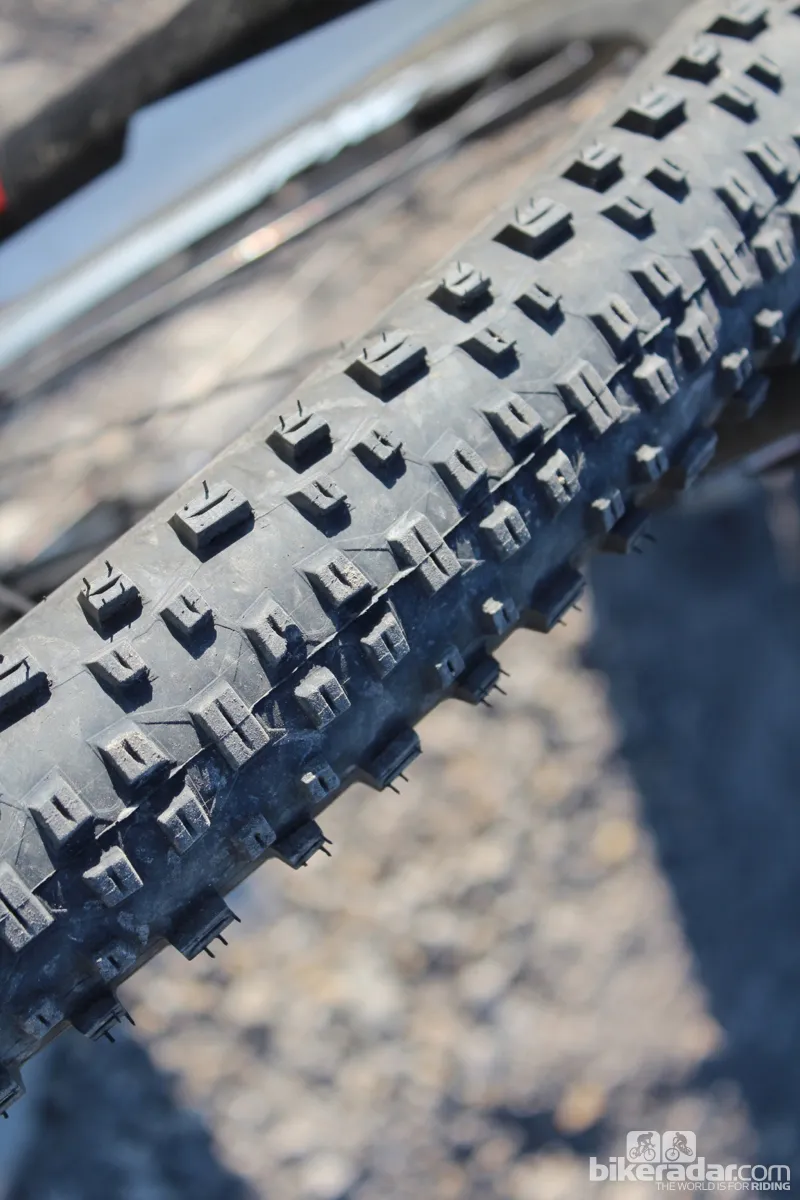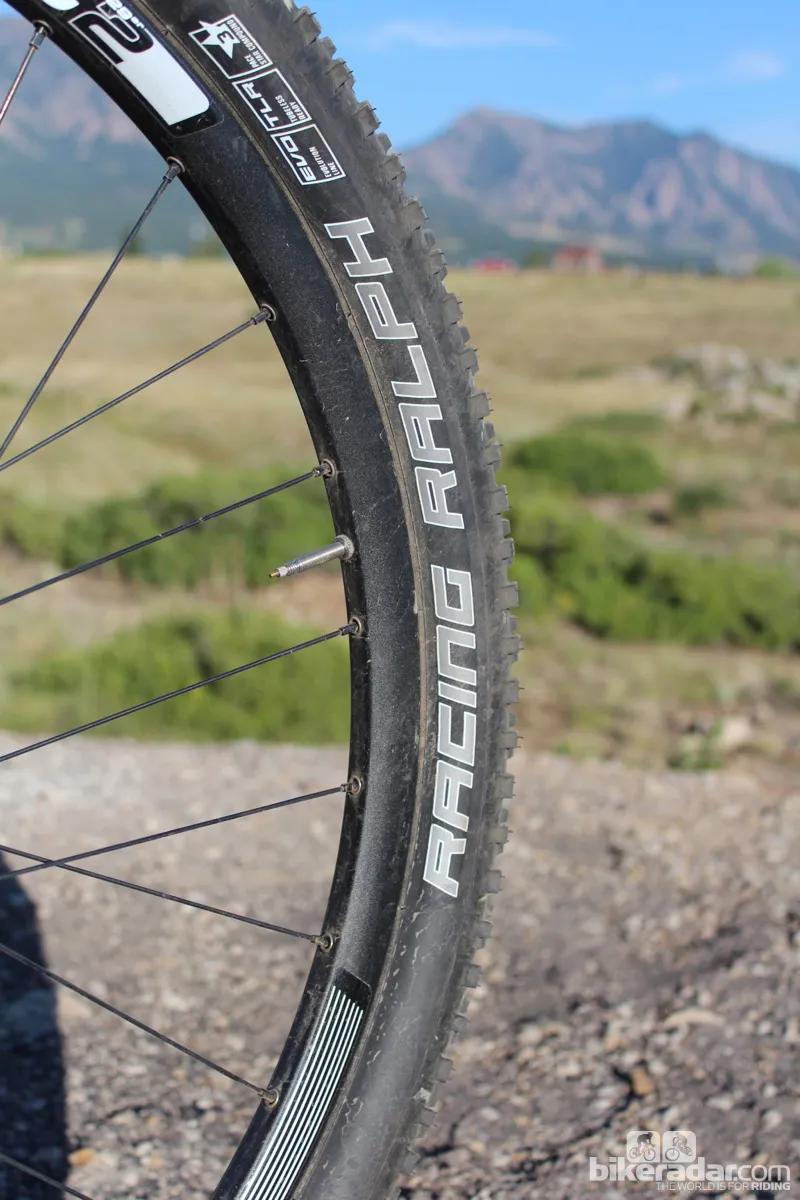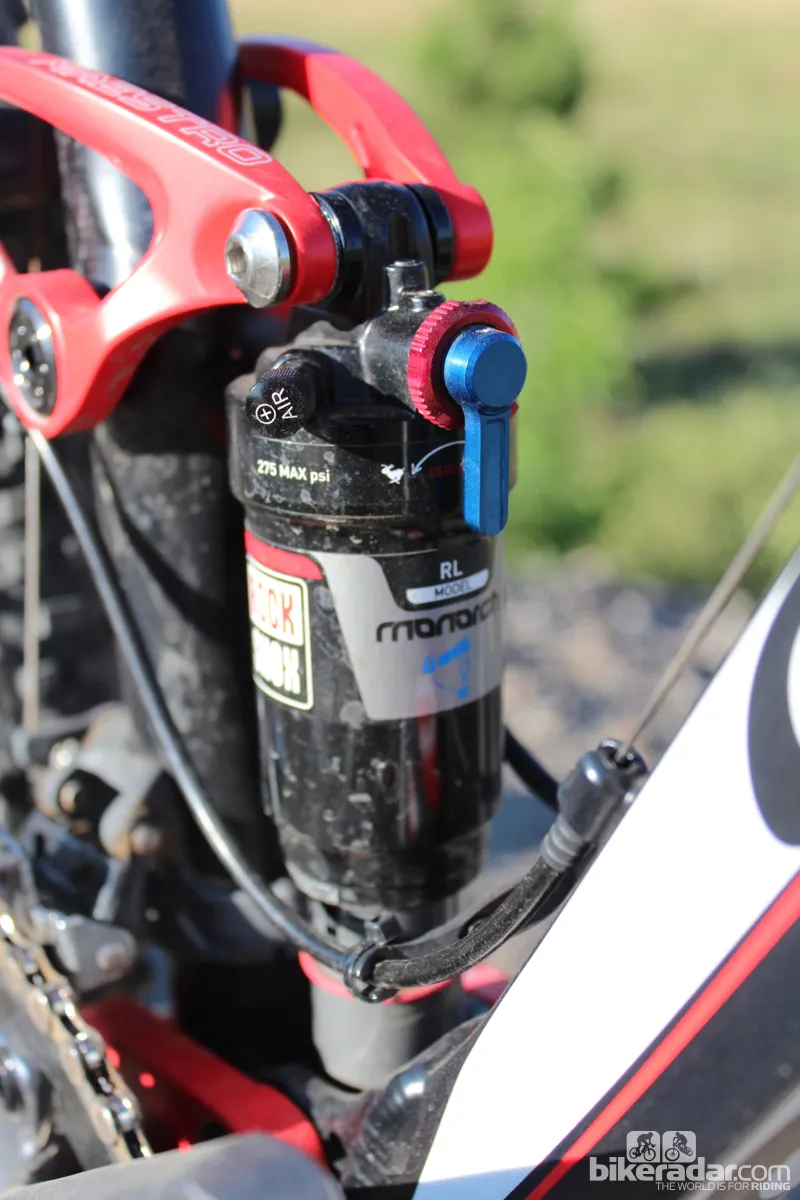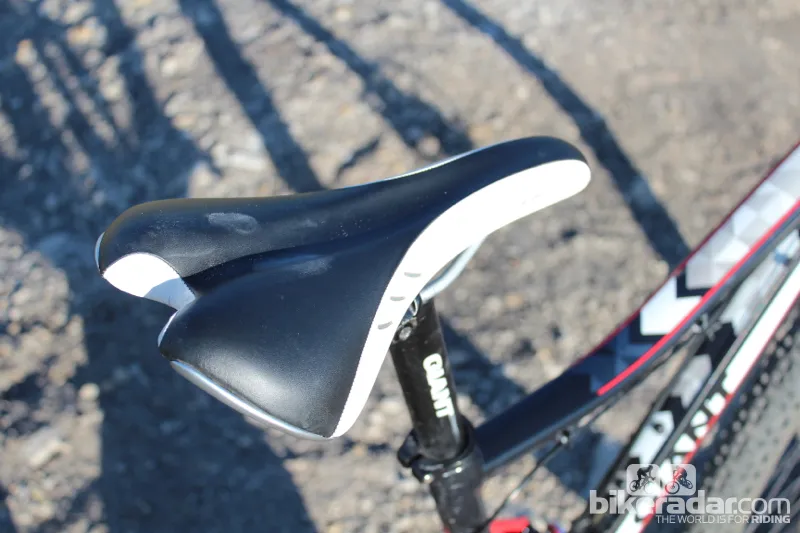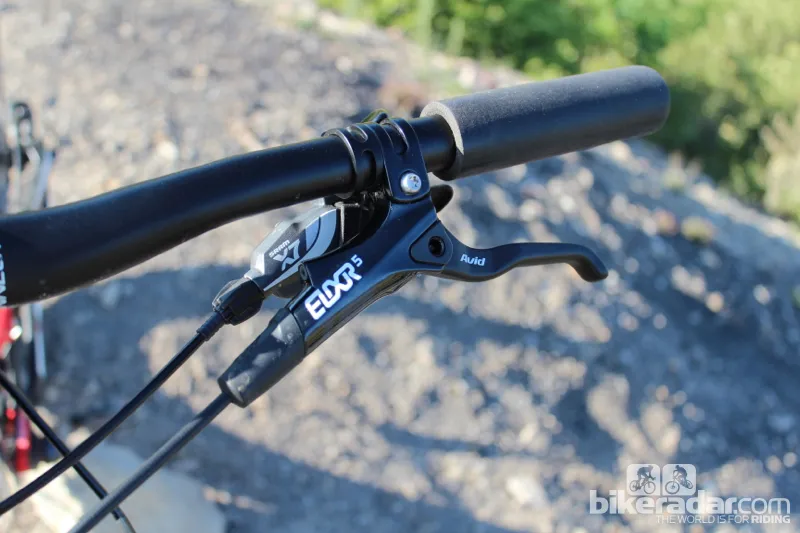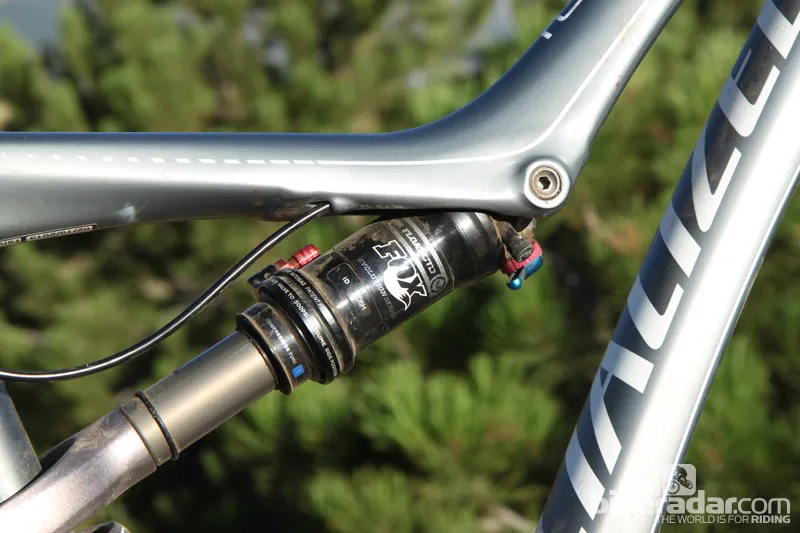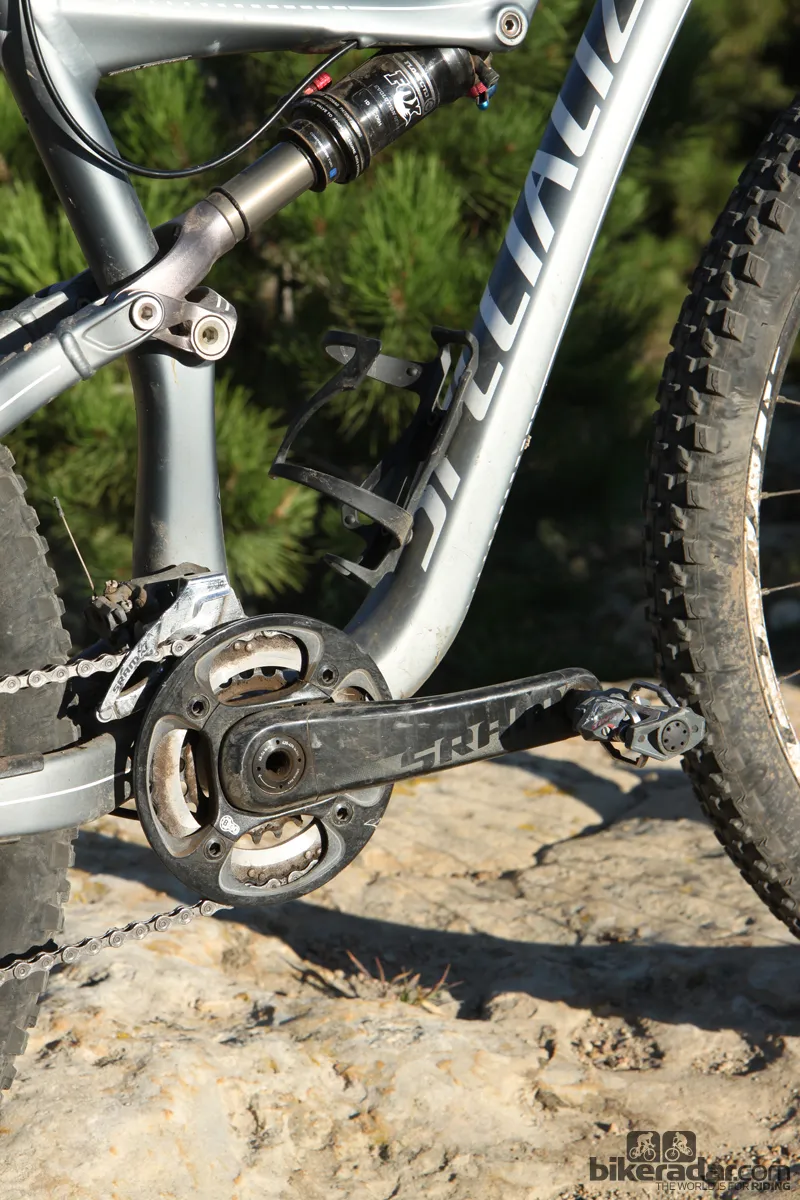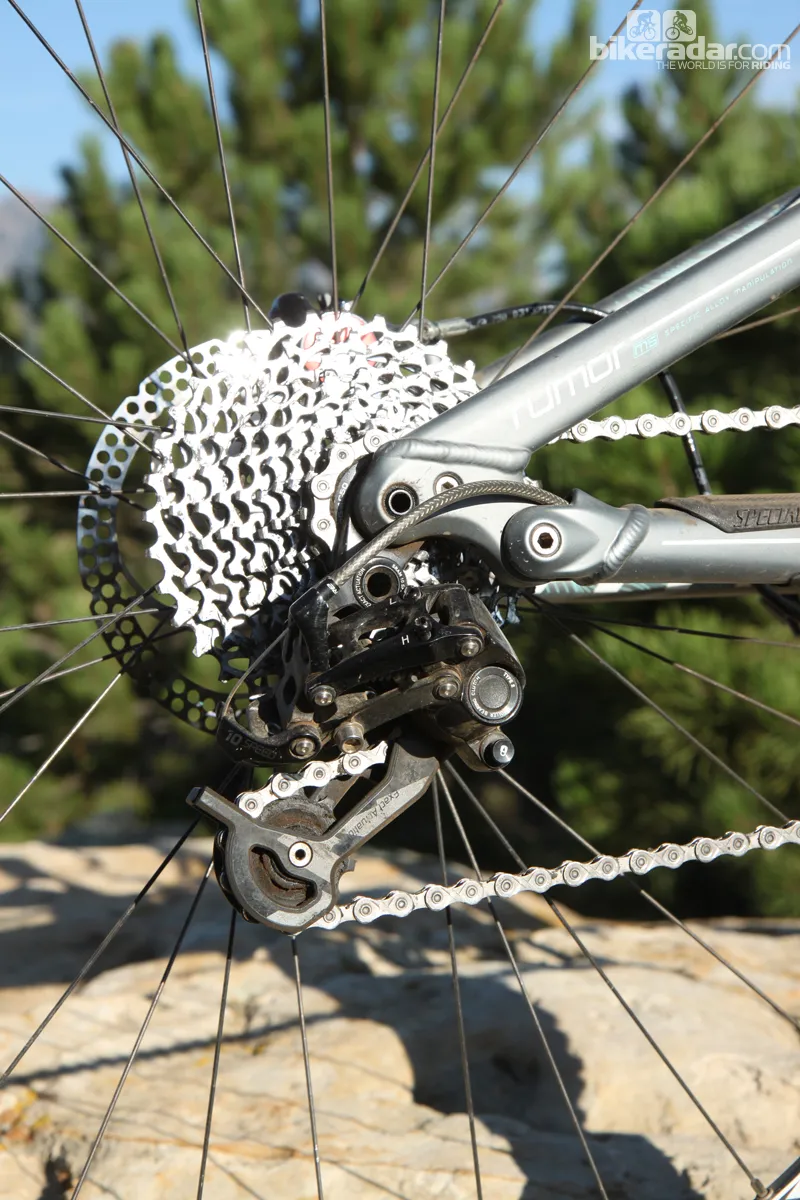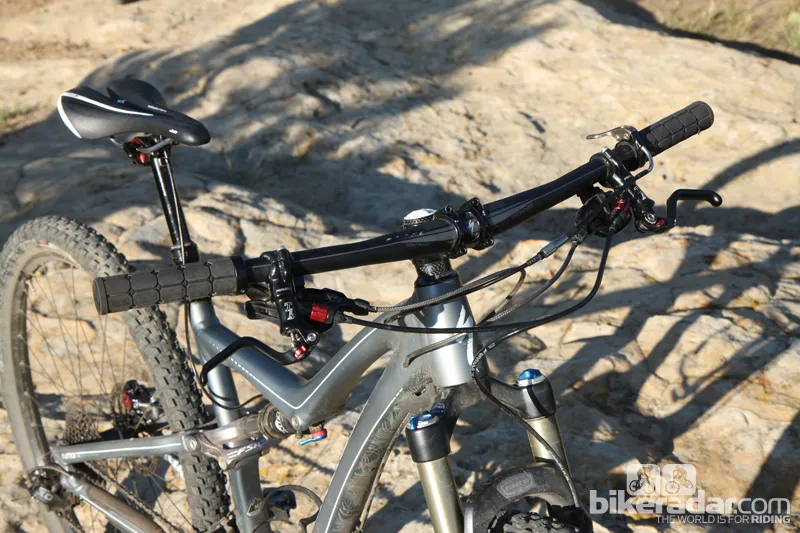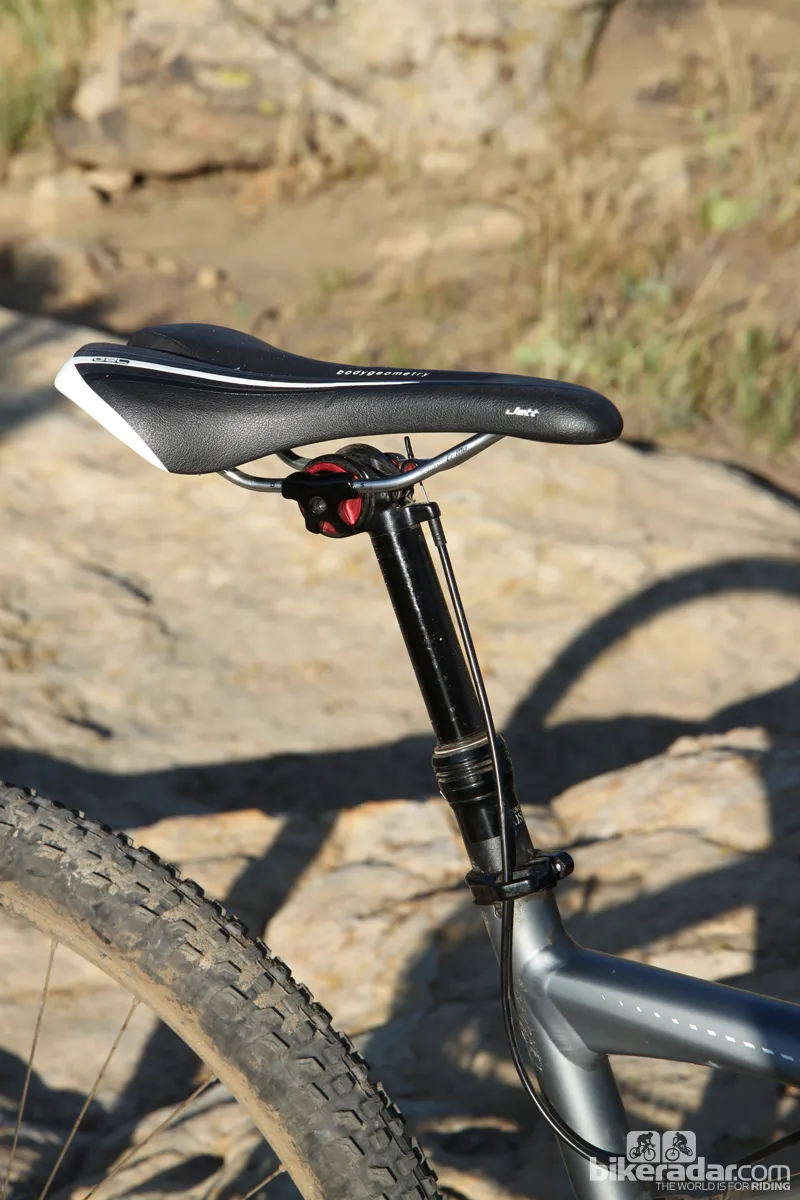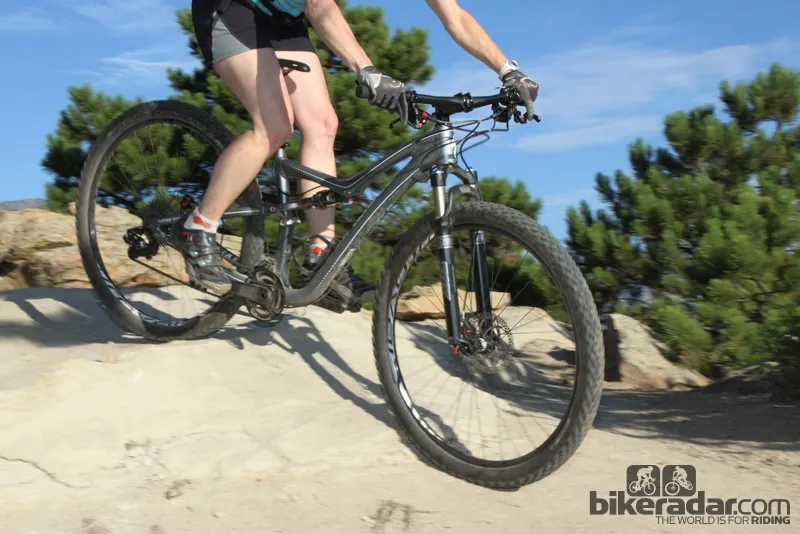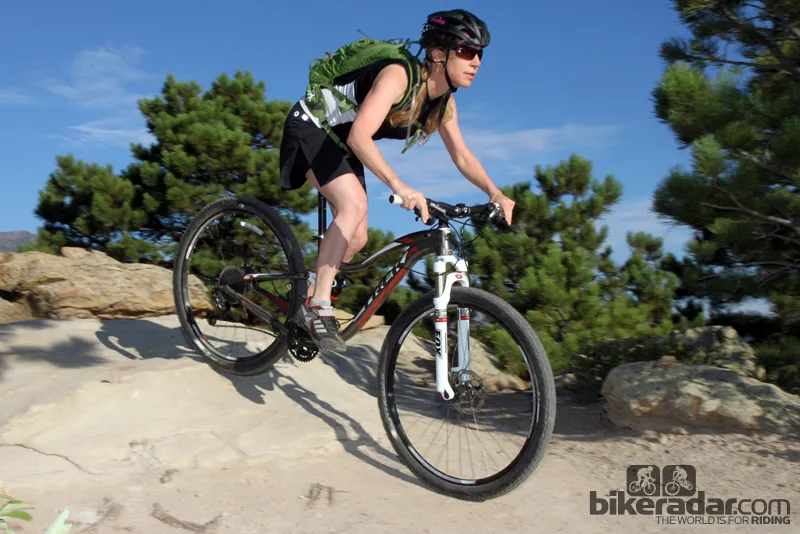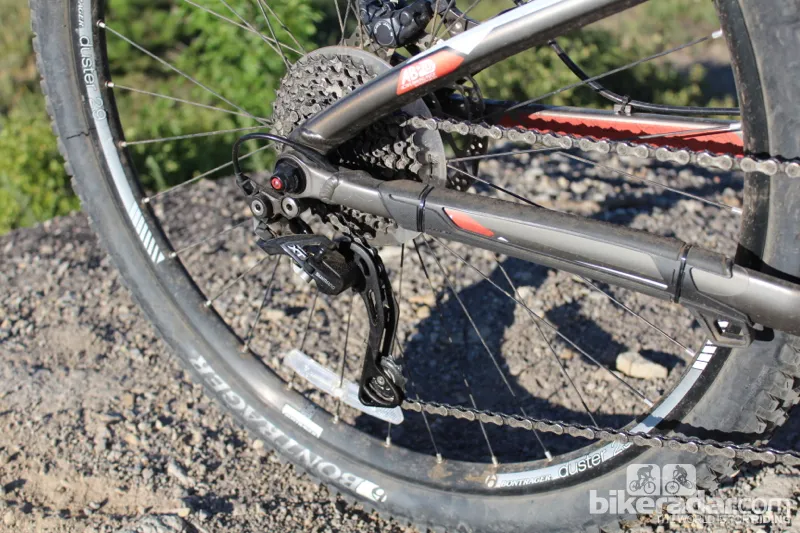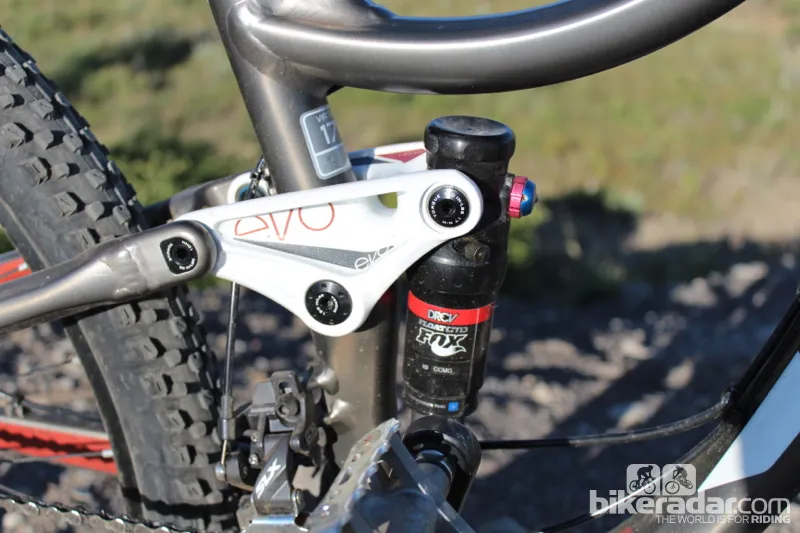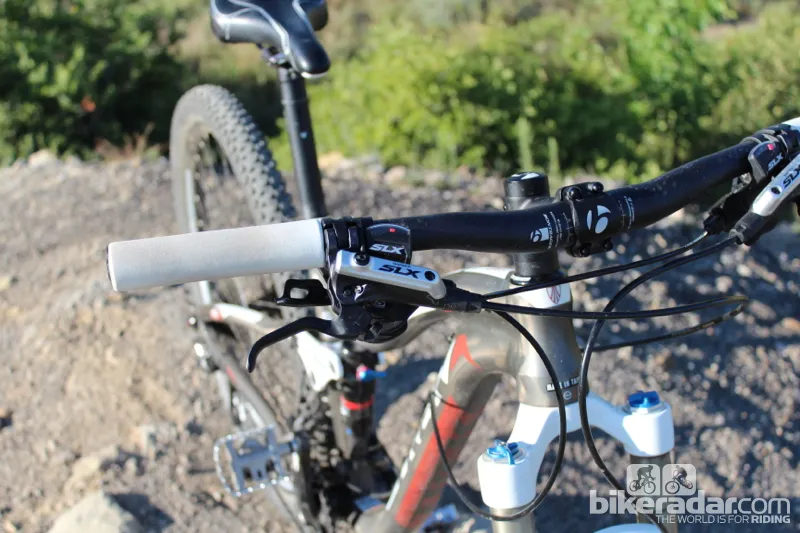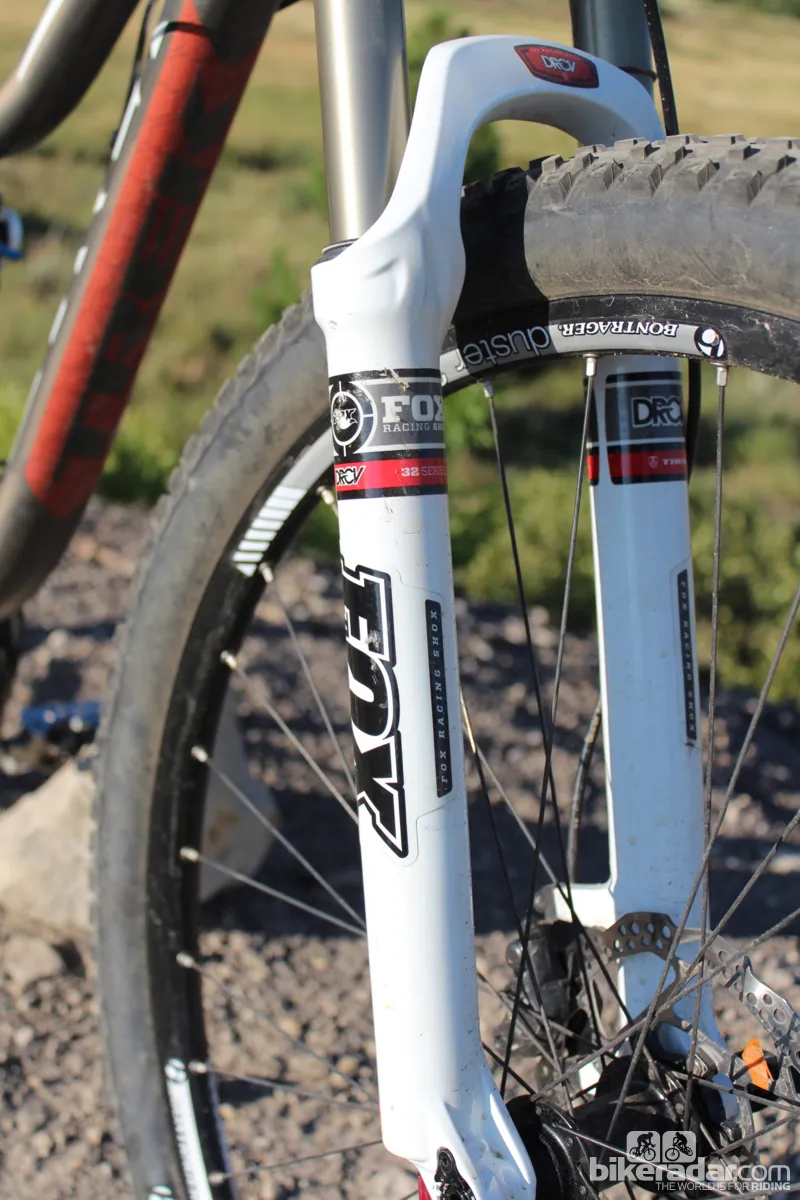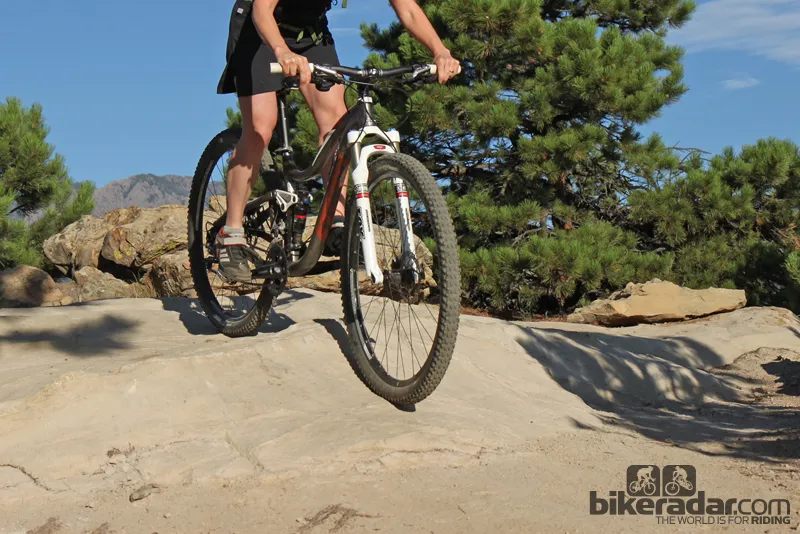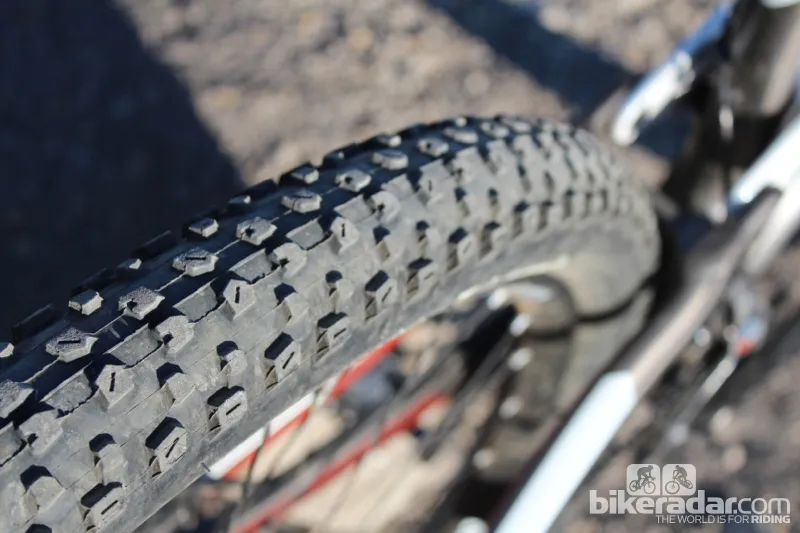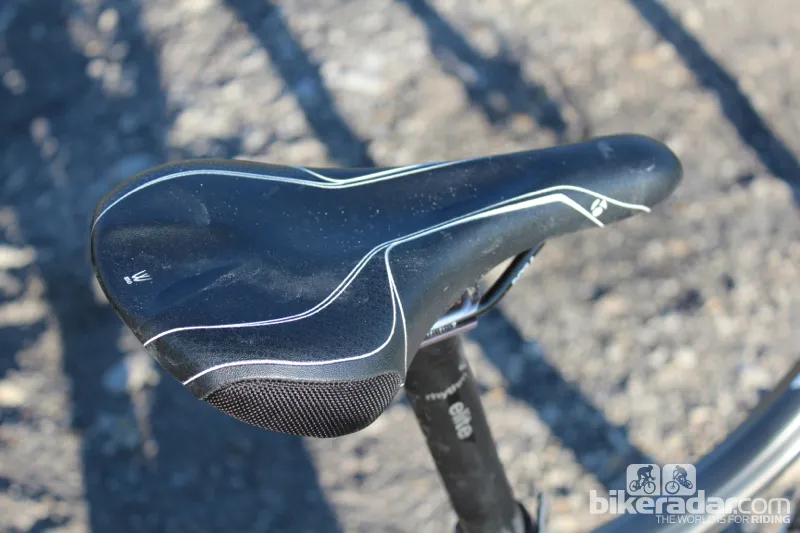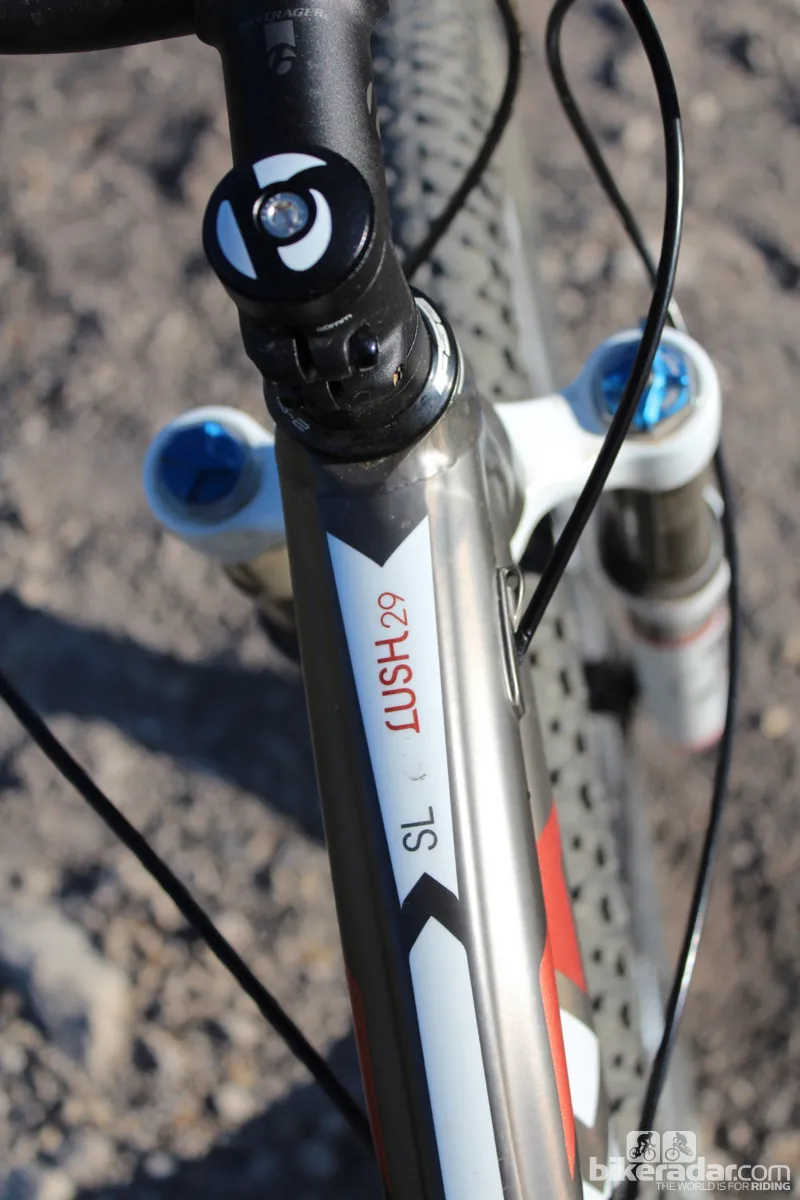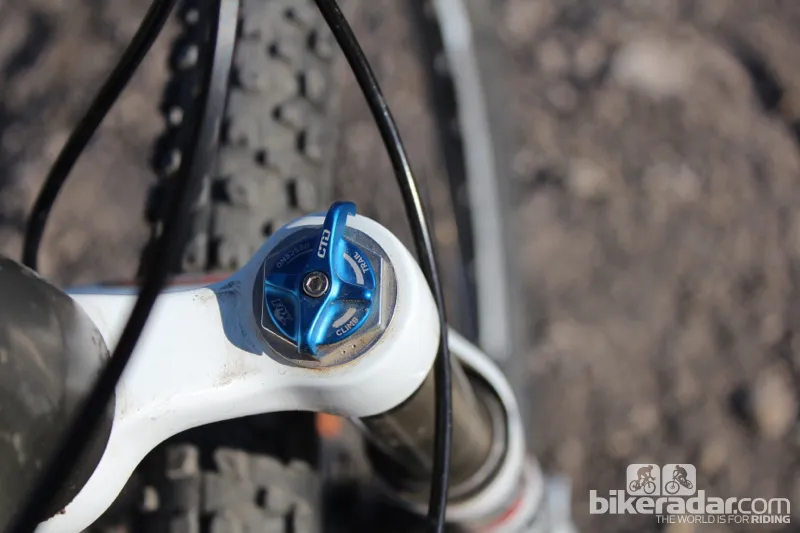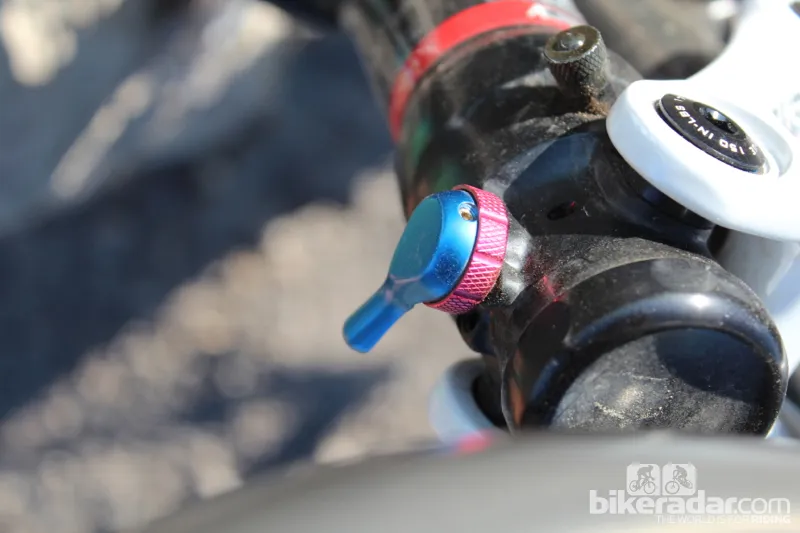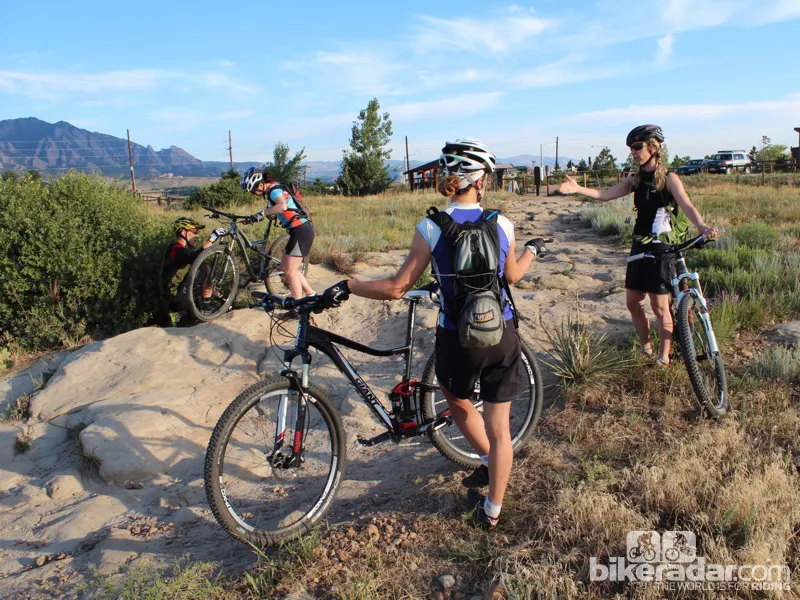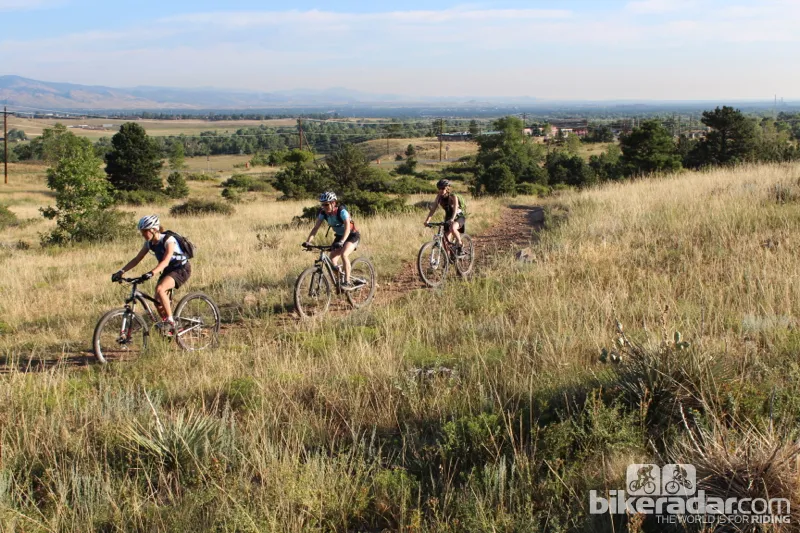I have a friend, Michele, who used to be slow. Not really slow, but a little slower than me. When we went mountain biking together, I often found myself waiting for her at the top of the climbs. Then she got a 29er.
The first time we rode together after she bought the bike, we climbed up a long, gradual dirt road to the trailhead where we planned to ride. It was about five miles. After the first mile, I noticed that Michele was riding slightly faster than me. I also noticed that I was breathing harder than usual to keep up. The second mile, I was breathing even harder. On it went — she hauling, me huffing — until, by the time we got to the trailhead and started climbing for real, I was done. Blown up. I haven’t been able to keep up with her since.
This bothered me. Michele is taller than me. I’m 5ft 5in (165cm), average height for a woman; she’s 5ft 9in (175cm). Everyone I knew who owned a 29er loved the wheel size, and everyone I knew who owned a 29er was also taller than me. I’d been told that someone under, say, 5ft 8in (172.5cm) was simply too short to handle the longer wheelbase.
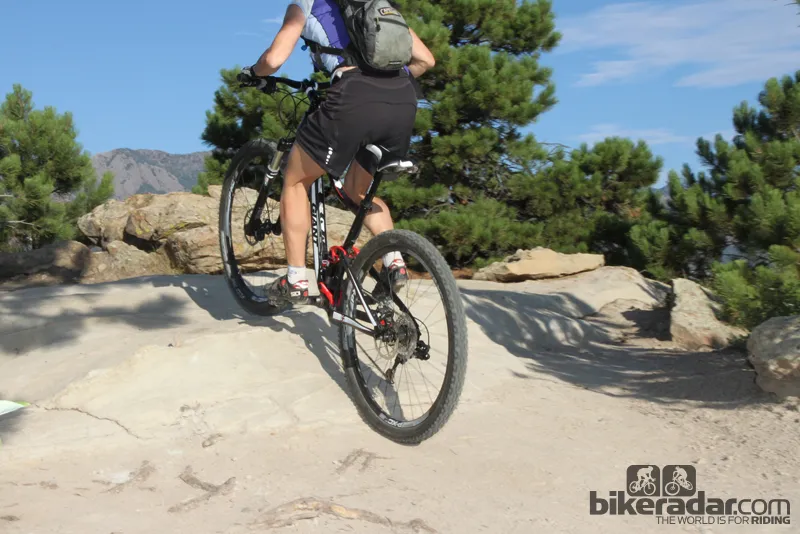
BikeRadar's five testers rode three full-suspension women's 29ers
We were, I felt, living in a two-tiered mountain bike world, where tall people got to haul ass on 29ers – the idea being that bigger wheels roll more easily over uneven terrain, hold momentum, and provide a more stable ride – and we shorties kept plodding along on 26in wheels. They got to straightline through sections, we had to steer through them. They powered, we spun. Not fair.
But 29ers have come a long way in the few years since Michele got her bike and, recently, a number of women’s-specific 29ers have come onto the market claiming to be able to fit riders as small as 5ft (152.4cm), offering lower standover height and shorty-optimized geometry. This summer, some pint-sized friends and I tested the three women's-specific, full-suspension 29ers on the market: the Trek Lush, Specialized Rumor and Giant Anthem X 29er W.
The Trek Lush SL arrived first. It looked gargantuan, as if we might be gearing up to pedal an aircraft carrier. But it didn’t handle that way – it steered well and held its line no matter the obstacles. Our 26ers felt skittish in comparison. With the most travel (120mm) of the bunch, it descended like a waterfall, coursing over bumps and rocks with nary a shudder or skid; more Cadillac than supertanker. One tester described the ride as “spongy.”
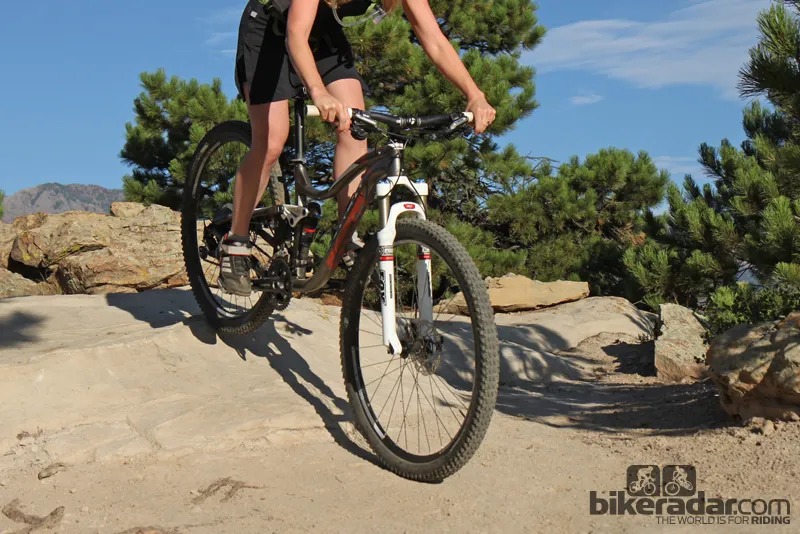
The Trek Lush has the most travel (120mm) of the three bikes tested, and comes in four models
But that smooth ride came at a cost – we found climbing on the Lush difficult, especially up steep ascents, and especially with sharp rolls and technical ups that required power and acceleration, where the bike seemed just to bog down and sit there.
“Not bad on a short climb,” one tester noted, pedaling well in mid-gears, but it was painful on longer ones. It was also the heaviest bike we rode, at 29lb (13.2kg), and that extra weight required extra work. I was never going to be as fast as Michele on the Lush. Given the extra weight and sluggish climbing ability, we all agreed we’d probably stick with our 26ers.
That wasn’t the consensus with the other two bikes. With 110mm of travel, the Specialized Rumor Expert descended as well as the Lush, if somewhat less smoothly. Switchbacks, ledges and tight technical problems posed no challenge, and it was a steady climber, tracking up loose, steep sections without so much as a skid. Another tester declared herself “dazzled” by the bike: “I was shocked by what obstacles I was able to get over,” she said.
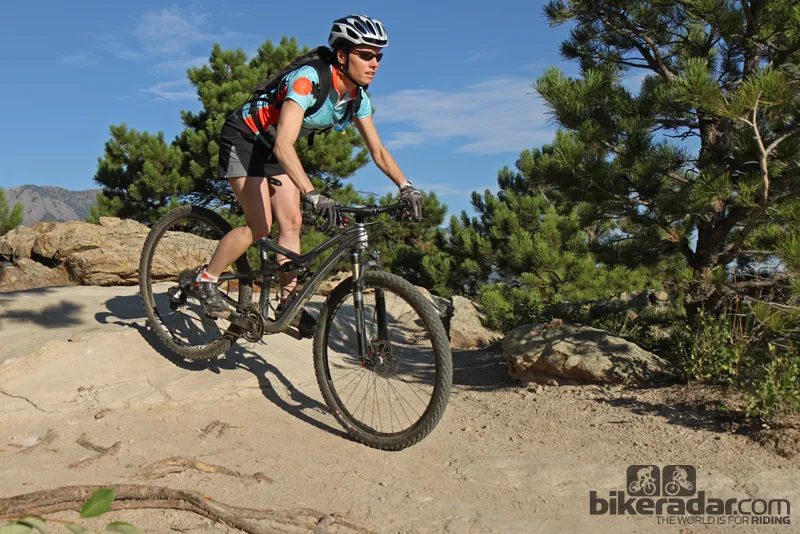
Specialized’s Rumor packs 110mm of travel, a dropper seatpost and a 2x10 drivetrain
At 26.8lb (12.2kg), the Rumor is not a cross-country race bike. It’s made for all-round riding and modeled on the men’s Camber, with all the same components as Specialized’s men’s trail bike.
We especially loved the dropper seatpost and 2x10 drivetrain. This is a brand-new bike for Specialized, though, and has some kinks to work out. The seatpost, for instance, is too long for the frame; it got jammed in and required a mallet and a whole lot of grease to extract. We also had issues with the brakes, as dialing in the reach also reduced the amount of throw.
That said, it’s a solid, fun bike that matched our 26ers in comfort and performance. Quick and responsive, it flew down the trail and climbed steadily and well. We spend a lot more time climbing than we do descending, though, and we’d like to see the bike lose a couple of pounds.
The 100mm Anthem X 29er 0 W was the nimblest of the bunch, and the lightest, at 26.5lb (12kg). That makes sense given that it was the only true cross-country bike we tested. It climbed as though it had a motor. Our testers loved the bike’s center of gravity and felt it was also the easiest bike to control.
It’s stiff and a tad jerkier on the descents than the Specialized and Trek, with their longer-travel shocks, but the handling is precise and quick, the ride “spirited.” If the Trek is a Cadillac, this Giant is a Porsche. I blew through a number of Strava PRs without breaking a sweat. Our testers weren’t fond of the Avid Elixir brakes, however, which were “terribly mushy” and seemed to take a very long time to engage.
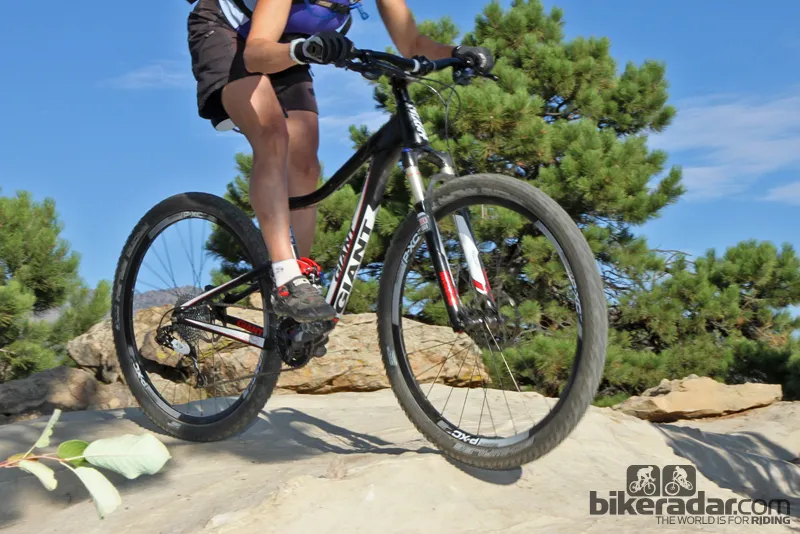
The Giant Anthem X 29er 0 W proved the nimblest of the bunch, with the least travel (100mm)
So, can small women ride 29ers? “After riding these bikes, I’m convinced that anyone can pilot a 29er, regardless of height,” wrote one tester. “It makes rocky climbs much easier and more fun,” said another, adding that it “feels a little like cheating after riding less cushy bikes for so long.”
We felt tall on these bikes, but standover height was never an issue, and the handling was neither clunky nor overpowering. The heavier models did require some additional leg power, though, to push up steep climbs, and tight switchbacks felt a little tighter.
Whether we’d want to buy a 29er for ourselves would depend on the bike. We all ride regularly on nimble 26in cross-country bikes – we’re out to climb – and none of us would trade those for a 29er that was significantly heavier and less maneuverable. Give us a light and fast XC model, though, and we’d be all over it.
Not that I’ll be keeping up with Michele any time soon – there’s only so much a bike can do. Soon after she got her 29er, she started racing, and then she started training, and then she started winning. There’s not a 29er on this Earth that’s going to keep me on her wheel.
Click through the image gallery, above right, for a detailed look at each bike. And read on for an overview of each. All bikes tested were size medium.
Trek Lush
- Four models (US$2,099/£1,750 to US$5,039/£4,000)
- Tested: Lush SL (US$2,839/£2,300)
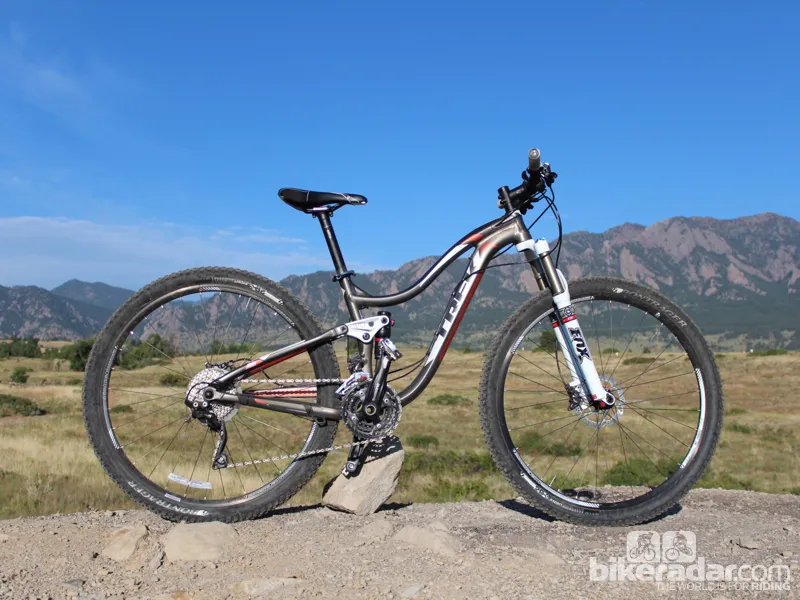
- Pros: Lots of travel (120mm)
- Cons: Heavy, a bit sluggish
Tester comments
“It made me feel a bit too high up above the terrain, though it felt very smooth and I had fun riding it.”
“I felt like I was higher up and less stretched out than on the other bikes. The feeling of being up so high gave me a little less confidence because I was concerned about my center of gravity being too high, but I don't think my riding actually suffered.”
“Overall, the geometry made the center of gravity feel a bit in the backseat.”
Spec highlights
120mm travel Fox Evolution Series 32 Float CTD fork, Fox Evolution Series Float shock, Shimano SLX and XT drivetrain, Shimano SLX hydraulic brakes
Specialized Rumor
- Two models (US$2,900/£2,200 and US$4,200/£3,300)
- Tested: Rumor Expert (US$4,200/£3,300)
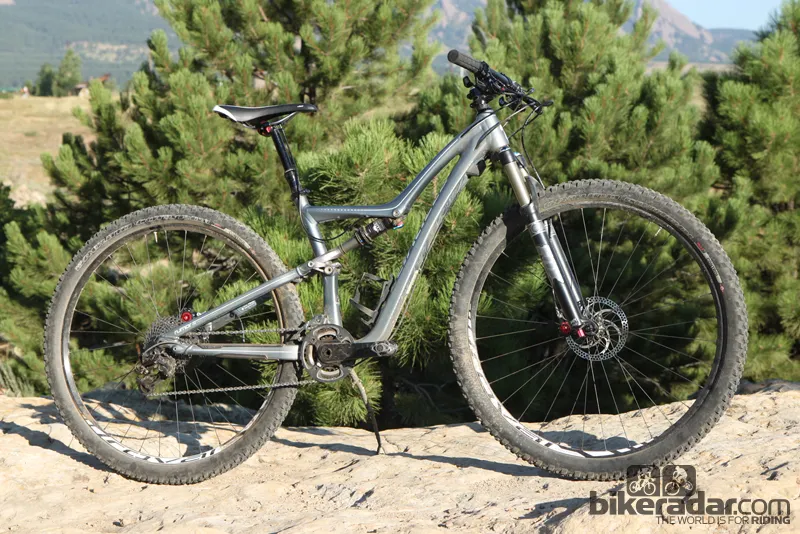
- Pros: Great-handling performance package with 2x10 drivetrain and dropper post
- Cons: Formula brakes aren't ideal, dropper post limits saddle height adjustment
Tester comments
“On descents, it wasn't significantly responsive.”
“I was dazzled by it. Gave me lots of confidence on ups and downs, and was generally just a ton of fun to ride.”
“I was shocked by what obstacles I was able to get over.”
“Everything just felt very tight, responsive and smooth. The whole experience with this bike was just pleasant. Felt very solid and confidence-boosting both on climbs and descents.”
Spec highlights
110mm travel Fox Float Performance 29 fork, Fox Float CTD Evolution with Autosag, SRAM X7/X9/X0 drivetrain, Formula The One S hydraulic brakes
Giant Anthem X 29er W
- Two models (US$1.925/£1,499 and US$2,975, no UK version)
- Tested: Anthem X 29er 0 W (US$2,975)
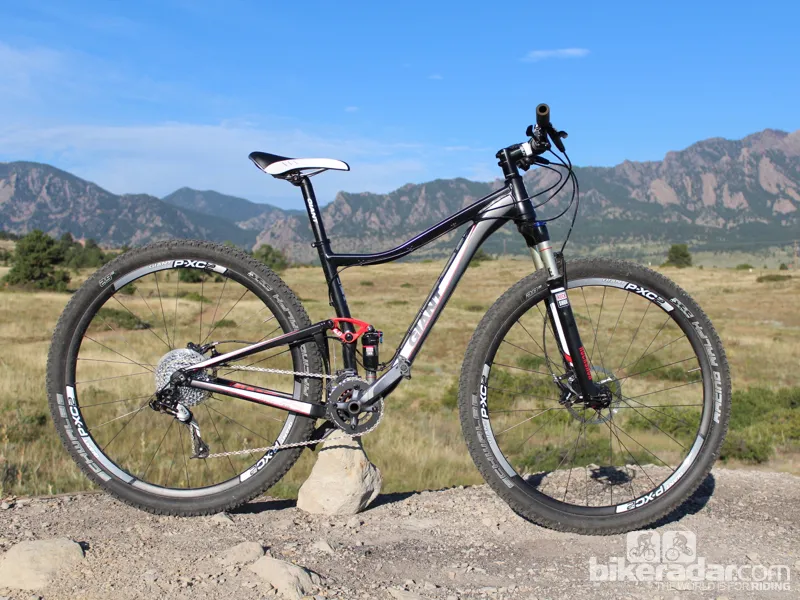
- Pros: Light and lively, agile handling, felt lighter than it is on climbs
- Cons: Avid brakes leave room for improvement
Tester comments
“A spirited ride that climbed and descended with energy and responsiveness.”
“Lots of fun to ride – light and responsive.”
“I’d want more responsive brakes.”
“As soon as I hopped on it, it made sense! I think the key difference is the Giant's center of gravity, which aligns with the rider’s center of gravity more truly than other bikes.”
Spec highlights
RockShox Reba 29 RL 100mm fork, RockShox Monarch RL shock, SRAM X7 and X9 drivetrain, Avid Elixir 5 hydraulic brakes
See the Specialized, Giant and Trek websites for more information
